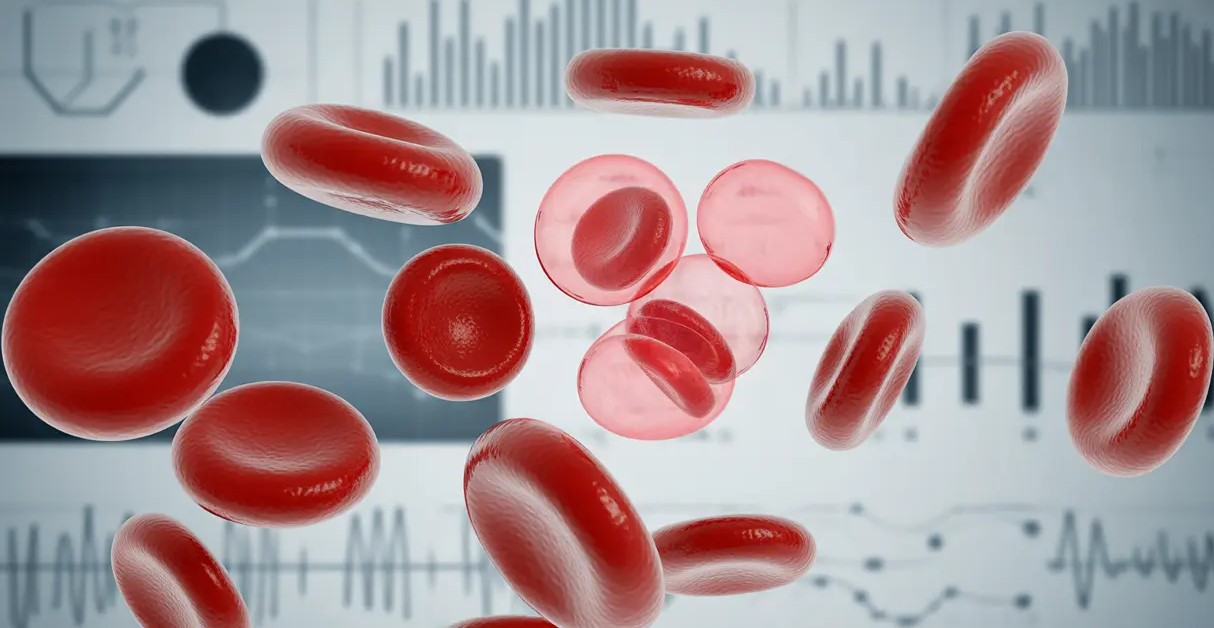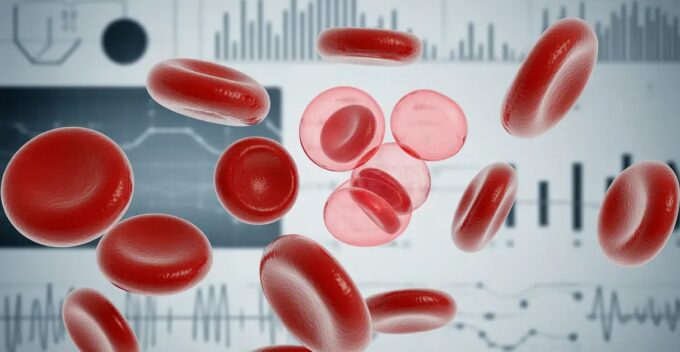Today we are talking about What Level of RDW is Dangerous, Red Cell Distribution Width (RDW) is an important metric in a blood test, providing valuable information about the variability in the size of red blood cells. A high RDW can indicate potential health issues, but what level of RDW is considered dangerous? In this article, we will explore the meaning of RDW, the levels that are considered dangerous, and what you can do to manage abnormal RDW levels effectively.
What Level of RDW is Dangerous: What is RDW?
What Level of RDW is Dangerous, RDW measures the variation in the size of red blood cells. Normally, red blood cells are fairly uniform in size, but when there’s a significant variation in their size, it can indicate underlying health issues. RDW is typically included in a complete blood count (CBC) and is a crucial marker for diagnosing certain conditions, such as anemia and other blood disorders.
What RDW Levels Are Considered Dangerous?
A normal RDW range is typically between 11.5% and 14.5%. When the RDW level exceeds this range, it can signal that there are underlying health problems. What level of RDW is dangerous? When RDW levels exceed 15% or more, they are generally considered elevated and may require medical attention. High RDW levels can indicate several conditions, including anemia, heart disease, liver disease, and even nutritional deficiencies.
What Level of RDW is Dangerous: Causes of Elevated RDW
Several factors can lead to a high RDW. Common causes include:
- Anemia: The most common reason for high RDW levels is anemia. Specifically, iron deficiency anemia, vitamin B12 deficiency anemia, or folic acid deficiency can elevate RDW levels.
- Chronic Conditions: Chronic diseases like kidney disease, liver disease, and heart disease can also cause an increase in RDW levels.
- Nutritional Deficiencies: Deficiencies in essential nutrients like iron, folic acid, and vitamin B12 can lead to increased RDW levels.
Is High RDW Dangerous?
Now that we know what level of RDW is dangerous, it’s important to understand the potential risks of having elevated RDW levels. High RDW levels alone do not necessarily indicate a life-threatening condition. However, when combined with other symptoms like low hemoglobin levels or fatigue, it can suggest anemia or other chronic conditions that require medical attention.
For instance, high RDW levels in combination with low hemoglobin levels may point to iron-deficiency anemia, a condition that can be treated with iron supplements and dietary changes. On the other hand, very high RDW levels could indicate more serious conditions, such as heart disease or cancer, and warrant further investigation by a healthcare professional.
What RDW Levels Should Be Monitored?
The threshold for a dangerous RDW level varies depending on individual health conditions and the context in which the RDW is measured. Generally, RDW levels above 15% should be closely monitored. If your RDW level is high, your doctor will likely want to run additional tests to determine the underlying cause.
Managing High RDW Levels
If you have been told that your RDW levels are elevated, there are several steps you can take to manage it:
- Treating Anemia: If high RDW is due to anemia, treatment options may include iron supplements, vitamin B12 injections, or folic acid supplementation. A healthy diet rich in iron and other essential nutrients can help lower RDW levels.
- Addressing Nutritional Deficiencies: For individuals with nutritional deficiencies, ensuring adequate intake of iron, vitamin B12, and folic acid can help reduce RDW levels and improve overall health.
- Managing Chronic Conditions: If high RDW levels are related to a chronic condition such as kidney or liver disease, managing the underlying condition with medical treatment and lifestyle changes is essential to keep RDW levels in check.
Conclusion: What Level of RDW is Dangerous?
what level of RDW is dangerous depends on the context and the presence of other symptoms. RDW levels above 14.5% are considered elevated, and levels above 15% are typically flagged as potentially dangerous. High RDW levels can indicate anemia, heart disease, liver disease, or other serious conditions that require medical attention. It is essential to work with your healthcare provider to determine the cause of high RDW levels and take the necessary steps to manage your health effectively.
Regular monitoring of your RDW levels and addressing any underlying health issues can help prevent complications and ensure better long-term health outcomes.
















Leave a comment